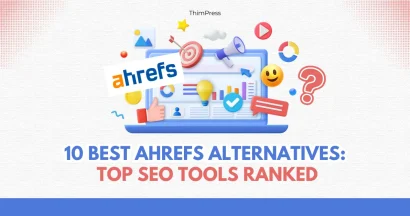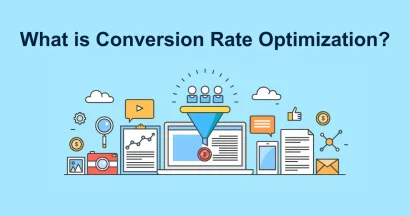In the fast-paced digital world of today, data is more than just a number. It gives you very valuable insights and helps you form a solid marketing strategy based on that. While most companies are fixated on gated data sources, the key lies in understanding how useful public data can be and how much it can help you understand.
Public data at large includes publicly available company records, industry reports, and social media activity. This public data can drive marketing efforts with depth, precision, and foresight. The challenge is not the lack of data – it is knowing when to look for it and how you can make the most of that data.
It can give you very valuable information about customers. If you use that data well, it could help you create a campaign that can truly help you achieve your marketing goals.
What Counts as Public Data?

What is public data, actually? It is any information that is freely available for public use, usually provided by government bodies or research institutions. Here are a few examples:
- Government statistics and census data
- SEC filings and company annual reports
- Industry whitepapers and case studies
- Patent databases and innovation registries
- Public forums, LinkedIn insights, and social media trends
At first sight, this data might not seem all that valuable, but with the right lens, you can see how it can help you reveal trends and understand things that are truly very valuable.
Smart Searching
Now we come to the real question. How can you search for the right data? The idea is to make the best use of your search skills. These advanced Google search tips can be super helpful, allowing you to filter the results by file type. You can even search specific domains or look for information in indexed subpages of competitor websites.
With consistent use and your eyes fixated on the data, you can get data that can actually be very helpful. It can help you understand what customers really want, and then you can alter your marketing strategy to provide them with just that.
How Public Data Fuels B2B Strategy?

For a solid B2B strategy, public data can be a game-changer. Here is how:
1. Identifying Industry Trends
Government sites like Eurostat can help you get your hands on up-to-date economic data. B2B marketers can then analyze this to align with emerging trends. If you have specific questions in mind based on which you want to form your marketing strategy, this data can help you get your hands on exactly that. Public data can be very helpful in validating all your assumptions with hard numbers.
2. Enriching Ideal Customer Profiles
Marketers can map out common traits of high-value clients, like company size, hiring patterns, tech stacks (using BuiltWith or Wappalyzer), and industry issues, using public business directories or LinkedIn insights. This more detailed ICP supports better ad targeting and content creation.
3. Competitor Benchmarking
One of the most important things for a business is to know what customers are doing and where they stand. For that, competitor benchmarking is key. Reviewing press releases, annual reports, and job postings can help you understand what your customers are doing. When you understand your competitor’s strategy well, it can help you get insight into the industry and can also help you form your own strategy to stand out.
4. Creating Thought Leadership Content
In today’s day and age, content marketing is king. As a business, if you can create content that makes people think and is also relevant to what you do, it can be great for your business.
For instance, you could cite a government report on industry growth in any narrative that you are giving or any valuable thought that you are sharing. When you back all of it up with data, it adds so much credibility to what you are doing and helps you stand out, with more weight in your words.
5. Monitor Buyer Intent Signals
Some public data sources can hint at buyer intent. For example, public tenders can show you which organizations are actively looking for solutions in your industry. That way, you can understand what they want, and you can approach them that way also. Such an approach is imperative to help you get where you want to be.
Tools That Can Help
To simplify your public data mining journey, consider using:
- Google Alerts – Stay updated on specific keywords or competitor names.
- Google Dataset Search – A search engine specifically for datasets across the web.
- SEMrush or SimilarWeb – To gather competitive traffic data (some is public-facing).
- BuiltWith – To explore tech stacks of client or competitor websites.
- Hunter.io or LinkedIn Sales Navigator – To enrich prospect profiles with public email addresses and job roles.
Try to make the maximum use of the data that you can to help form your marketing strategy. It can be game-changing for you. The results will speak for themselves.


